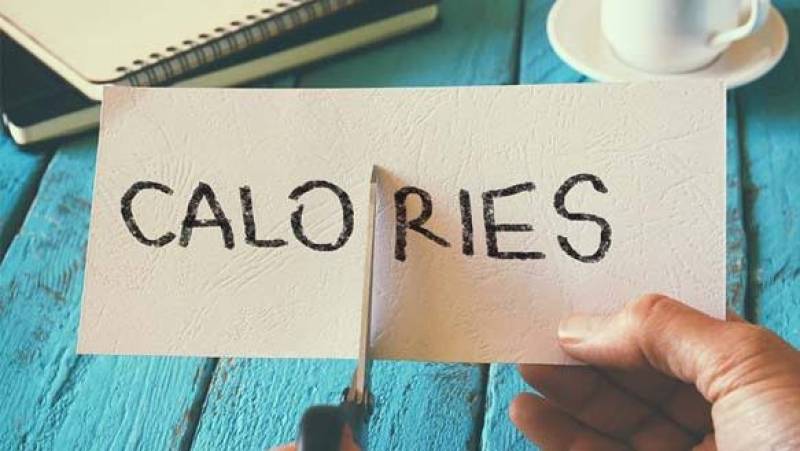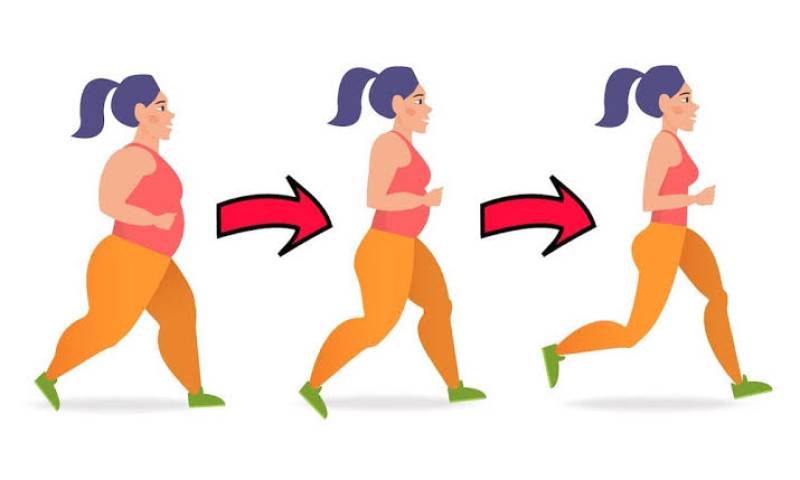THE 4 ULTIMATE WEIGHT LOSS STRATEGIES
Credits: Farah Siddique
Pick up any diet book and it will claim to hold all the answers to successfully losing all the weight you want and keeping it off. Some claim the key is to eat less and exercise more, others that low fat is the only way to go, while others prescribe cutting out carbs. So, what should you believe?
The truth is there is no “one size fits all” solution to permanent healthy weight loss. What works for one person may not work for you, since our bodies respond differently to different foods, depending on genetics and other health factors. To find the method of weight loss that’s right for you will likely take time and require patience, commitment, and some experimentation with different foods and diets.
While some people respond well to counting calories or similar restrictive methods, others respond better to having more freedom in planning their weight-loss programs. Being free to simply avoid fried foods or cut back on refined carbs can set them up for success. So, don’t get too discouraged if a diet that worked for somebody else doesn’t work for you. And don’t beat yourself up if a diet proves too restrictive for you to stick with. Ultimately, a diet is only right for you if it’s one you can stick with over time.
1-Cut calories

Weight loss isn’t a linear event over time. When you cut calories, you may drop weight for the first few weeks, for example, and then something changes. You eat the same number of calories but you lose less weight or no weight at all.
A calorie isn’t always a calorie. Eating 100 calories of high fructose corn syrup, for example, can have a different effect on your body than eating 100 calories of broccoli. The trick for sustained weight loss is to ditch the foods that are packed with calories but don’t make you feel full (like candy) and replace them with foods that fill you up without being loaded with calories (like vegetables).
2- Cut carbs

A different way of viewing weight loss identifies the problem as not one of consuming too many calories, but rather the way the body accumulates fat after consuming carbohydrates—in particular the role of the hormone insulin. When you eat a meal, carbohydrates from the food enter your bloodstream as glucose. In order to keep your blood sugar levels in check, your body always burns off this glucose before it burns off fat from a meal.
If you eat a carbohydrate-rich meal (lots of pasta, rice, bread, or French fries, for example), your body releases insulin to help with the influx of all this glucose into your blood. As well as regulating blood sugar levels, insulin does two things: It prevents your fat cells from releasing fat for the body to burn as fuel (because its priority is to burn off the glucose) and it creates more fat cells for storing everything that your body can’t burn off. The result is that you gain weight and your body now requires more fuel to burn, so you eat more. Since insulin only burns carbohydrates, you crave carbs and so begins a vicious cycle of consuming carbs and gaining weight. To lose weight, the reasoning goes, you need to break this cycle by reducing carbs.
3- Cut down your intake of fatty foods

It’s a mainstay of many diets: if you don’t want to get fat, don’t eat fat. Walk down any grocery store aisle and you’ll be bombarded with reduced-fat snacks, dairy, and packaged meals. But while our low-fat options have exploded, so have obesity rates. So, why haven’t low-fat diets worked for more of us?
• Not all fat is bad. Healthy or good fats can actually help to control your weight, as well as manage your moods and fight fatigue.
• We often make the wrong trade-offs. Many of us make the mistake of swapping fat for the empty calories of sugar and refined carbohydrates. Instead of eating whole-fat yoghurt, for example, we eat low- or no-fat versions that are packed with sugar to make up for the loss of taste.
4- Control emotional eating

We don’t always eat simply to satisfy hunger. All too often, we turn to food when we’re stressed or anxious, which can wreck any diet and pack on the pounds. Do you eat when you’re worried, bored, or lonely? Do you snack in front of the TV at the end of a stressful day? Recognizing your emotional eating triggers can make all the difference in your weight-loss efforts. If you eat when you’re:
Stressed – find healthier ways to calm yourself. Try yoga, meditation, or soaking in a hot bath.
Low on energy – find other mid-afternoon pick-me-ups. Try walking around the block, listening to energizing music, or taking a short nap.
Lonely or bored – reach out to others instead of reaching for the refrigerator. Call a friend who makes you laugh, take your dog for a walk, or go to the library, mall, or park anywhere there’s people.

